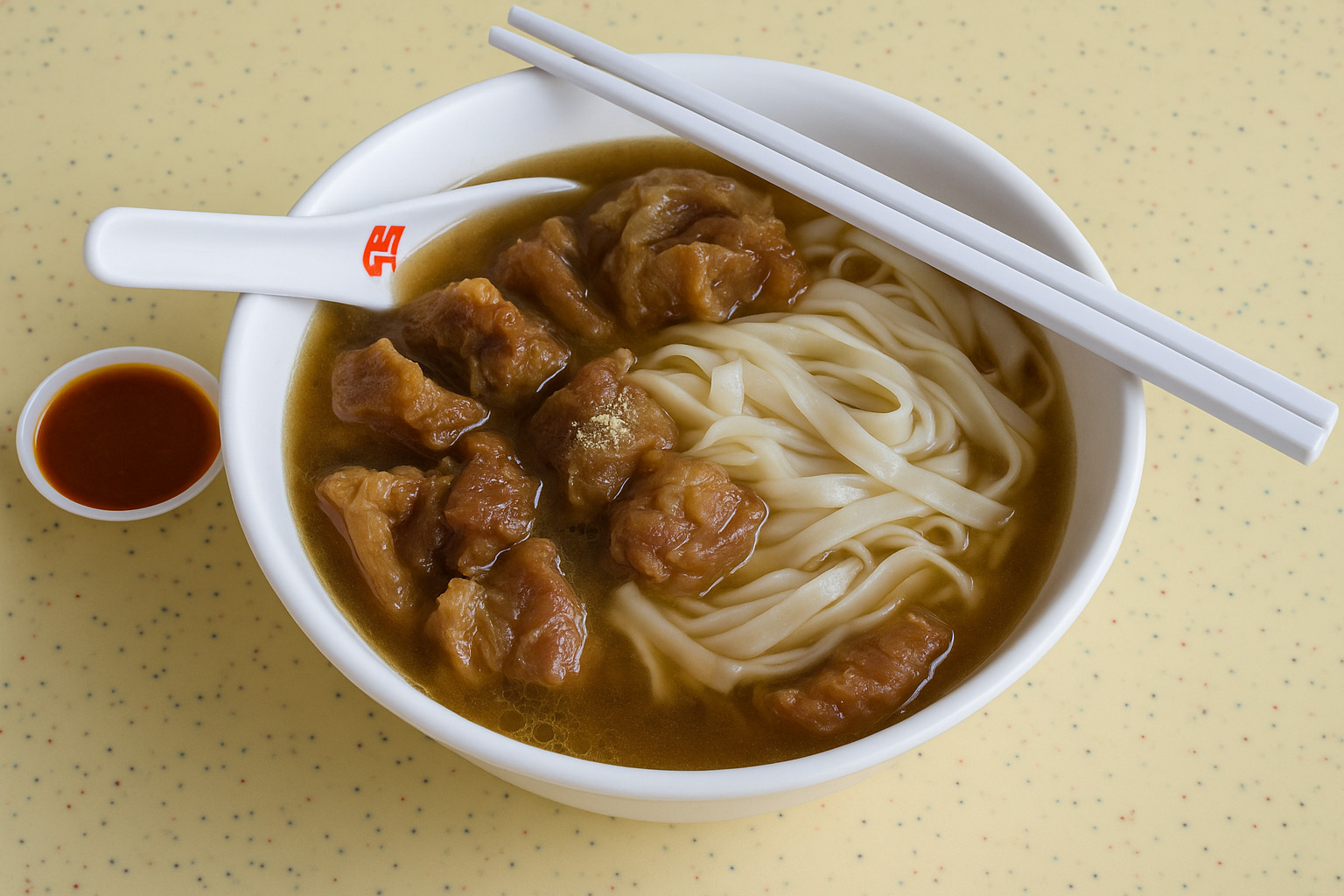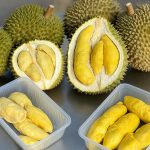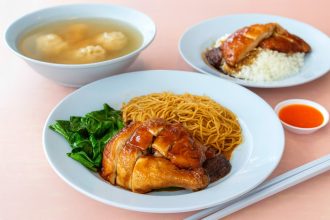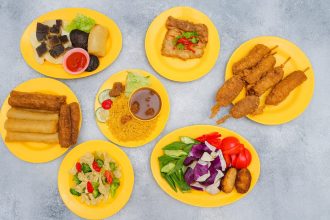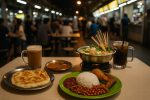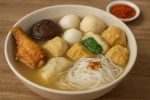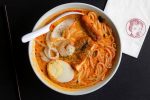Joo Chiat Beef King draws attention even before the first bite. The name suggests heritage from the storied Joo Chiat district, but the stall isn’t actually located there. Instead, its legacy ties back to a signboard the current owner kept from a previous tenant. That simple act built a brand that has outlasted locations and passing fads.
Why the Name Matters
Many patrons assume they’re about to eat near the east side of Singapore. Instead, they find themselves in places like Tiong Bahru Market, Chinatown Complex, or People’s Park Food Centre. The misdirection adds a layer of curiosity. For regulars, the name no longer signals location—it stands for consistency, flavor, and comfort.
A Shan Dong Chef, A Singapore Story
The man behind the counter avoids the spotlight. Hailing from Shan Dong, China, he lets his food do the talking. He’s worked this craft for over a decade. Every morning, he prepares the beef from scratch. The broth simmers. The noodles wait. His dedication is evident in every bowl.
Shan Dong cuisine is known for hearty gravies, slow-cooked meats, and savory profiles. Unlike Teochew or Hainanese beef noodles, these dishes lean richer, with gravies that border on herbal. Patrons often describe them as malty, umami, and subtly sweet. The difference isn’t just in taste—it’s in identity.
Highlights from the Menu
1. Dry Beef Noodles
- Noodle options: kway teow, yellow noodles, or beehoon
- Gravy: dark, thick, malty, and sometimes sweet
- Beef: chunky, tender, and generous
- Bonus: a side of intensely beefy soup
The dry version wins the popularity contest. Diners savor the mix of chewy noodles soaked in gravy, complemented by fall-apart beef and a broth that deserves its own spotlight.
2. Spicy Beef Noodles
- Base: yellow noodles in spicy soup
- Profile: mala-inspired, aromatic, and warming
- Texture: beef absorbs the chili and spice, holding its buttery bite
For those who like heat without sacrificing flavor, this bowl strikes the right balance. It doesn’t numb the palate—it deepens it.
3. Beef Tendon Kway Teow/Noodles
- Feature: braised beef tendons, gelatinous and tender
- Broth: lighter than the others but comforting
- Audience: texture lovers
Though the broth can vary in intensity, the tendons rarely miss. They’re soft, sticky, and add depth to each slurp.
4. Side Dishes and Variants
- Sliced Beef Soup
- Mixed Beef Soup (slices, tendon, offals)
- Beef Ball Soup
- Add-ons: beef balls, extra noodles, or soup
- Chinatown variant: includes Mutton Soup
Some diners go just for the beef balls. Others build a mix of textures in the soup options. There’s room to customize without compromising the soul of the dish.
What People Say
- “Hearty”
- “Wholesome”
- “Robust”
- “Satisfying”
These words recur in reviews across blogs and food forums. The beef doesn’t just fall apart—it holds flavor. The broth doesn’t just support the noodles—it elevates the meal.
The dry version’s side broth often steals the show. Described by some as “unbelievably tasty,” it transforms the experience from good to memorable.
Value for Money
- Price Range: S$3.50 to S$6.00
- Portions: generous beef, ample noodles, quality broth
Many hawker stalls aim for affordability. Joo Chiat Beef King manages to offer both low prices and high quality. It’s the kind of stall that satisfies for under $5 but doesn’t taste like it should.
Ambience and Experience
- Locations:
- Tiong Bahru Market (#02-35)
- Chinatown Complex Market (#02-024)
- Operating Hours: 9 AM to 8:30 PM
Tiong Bahru remains the most consistent outlet, with others showing up in delivery apps and listings. Toa Payoh Lorong 8 was once part of the story but may be closed. Each site reflects the hawker culture: communal tables, fast service, and meals that focus more on taste than aesthetics.
Critiques Worth Mentioning
- Gravy sweetness: not everyone appreciates the sugary undertone
- Consistency: broth intensity may vary by visit
- Non-beef dishes: one humorous review suggested skipping the fish soup
While the praise outweighs the complaints, these notes help set expectations. The stall does beef best. Everything else is secondary.
Why It Works
Joo Chiat Beef King doesn’t advertise. It doesn’t update Instagram daily. It survives by feeding loyal customers who come back for one reason: the food holds up. It brings Shan Dong to Singapore in a bowl. It respects tradition without chasing trends.
This stall appeals to:
- Beef noodle loyalists
- Fans of regional Chinese flavors
- Budget-conscious foodies
- Repeat diners seeking familiarity
There’s no need for gimmicks. The name might mislead geographically, but not gastronomically. You go for beef noodles, and you get beef noodles—done right, served hot, priced fair.
In Summary
Joo Chiat Beef King proves that simplicity, when paired with dedication, draws crowds. The signboard may be a relic. The chef may avoid cameras. But the bowls speak for themselves. They bring heat, heft, and heritage to every table they touch.
